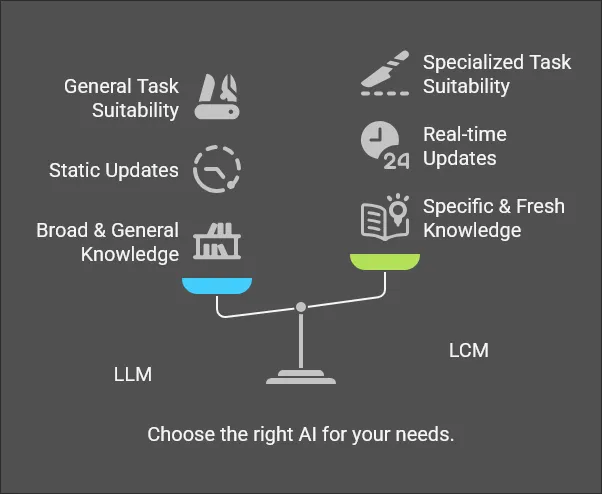Lessons from Debugging SailPoint in Production
As an Identity and Access Management (IAM) specialist working with SailPoint IIQ implementations for Fortune 500 companies, I've encountered my fair share of production issues that required immediate attention. In this article, I'll share some valuable lessons learned from debugging SailPoint in high-pressure production environments.
The Challenge of Enterprise IAM Debugging
SailPoint IdentityIQ (IIQ) is a powerful enterprise identity governance platform, but with power comes complexity. When things go wrong in production, the stakes are high:
- Users may lose access to critical systems
- Compliance violations could occur
- Security vulnerabilities might be exposed
- Business operations can be disrupted
What makes debugging particularly challenging in SailPoint environments is the intersection of multiple systems, complex rule configurations, and the need to maintain security throughout the troubleshooting process.
Key Lessons Learned
1. Understand the Rule Execution Context
One of the most common issues I've encountered is rules behaving differently in production than in development. This often happens because:
- The rule execution context varies between environments
- Production data patterns differ from test data
- System integrations may have subtle configuration differences
Solution: Always log the full execution context at the beginning of critical rules. This includes input variables, current user context, and environment information. This contextual data is invaluable when reproducing issues.
2. Implement Robust Logging Strategies
In production environments, visibility is crucial for effective debugging. I've learned to:
- Use structured logging with consistent formats
- Include correlation IDs to track requests across systems
- Log both entry and exit points of critical functions
- Implement different logging levels (DEBUG, INFO, WARN, ERROR)
Solution: Create a centralized logging framework for your SailPoint implementation that balances detail with performance considerations.
3. Build Automated Testing for Rules
Many production issues could be caught earlier with proper testing. For SailPoint rules, I've developed:
- Unit tests for rule logic using Groovy test frameworks
- Integration tests that verify rule behavior with actual systems
- Automated validation of rule syntax and potential issues
Solution: The SailPoint Automation Rule Generator tool I built significantly reduced debugging time by automating the generation and validation of rules before deployment.
4. Master the Art of Rollbacks
When a fix doesn't work as expected, you need a reliable way to revert changes. I've learned to:
- Create comprehensive backup strategies for configurations
- Document the exact steps for rollbacks
- Test rollback procedures before implementing changes
- Maintain version control for all custom code and configurations
Solution: Implement a change management process that includes verified rollback plans for every production change.
5. Develop a Systematic Approach to Troubleshooting
Random debugging rarely works for complex systems like SailPoint. I follow this methodology:
- Gather information: Collect logs, error messages, and user reports
- Reproduce the issue: Create a minimal test case that demonstrates the problem
- Isolate the cause: Systematically eliminate variables until the root cause is identified
- Implement a fix: Make the smallest possible change that resolves the issue
- Verify the solution: Test thoroughly in a staging environment before production
- Document the process: Record what was learned for future reference
Real-World Example: The Case of the Disappearing Entitlements
One particularly challenging issue I encountered involved entitlements that would mysteriously disappear for certain users after provisioning. The symptoms were inconsistent, making it particularly difficult to diagnose.
The Investigation
After implementing enhanced logging, I discovered that:
- The issue only occurred for users with specific attribute combinations
- A custom rule was incorrectly filtering entitlements based on a case-sensitive comparison
- The data format differed slightly between the source system and SailPoint
The Solution
Rather than just fixing the immediate issue, we:
- Implemented case-insensitive comparisons for all attribute matching
- Added data normalization to ensure consistent formats
- Created automated tests that verified entitlement provisioning with various data patterns
- Developed monitoring alerts for potential entitlement discrepancies
This comprehensive approach not only fixed the immediate issue but prevented similar problems from occurring in the future.
Conclusion
Debugging SailPoint in production environments requires a combination of technical expertise, systematic methodology, and proper tooling. By implementing robust logging, automated testing, and careful change management, you can significantly reduce the time and stress involved in troubleshooting production issues.
The SailPoint Automation Rule Generator tool I developed emerged directly from these experiences, automating many of the validation and testing steps that previously required manual effort. This approach has not only improved reliability but also accelerated development cycles for our IAM implementations.
Remember that effective debugging isn't just about fixing issues—it's about building systems that are more resilient, observable, and maintainable in the long run.
For more information about SailPoint implementations or enterprise IAM strategies, feel free to reach out to me directly.



